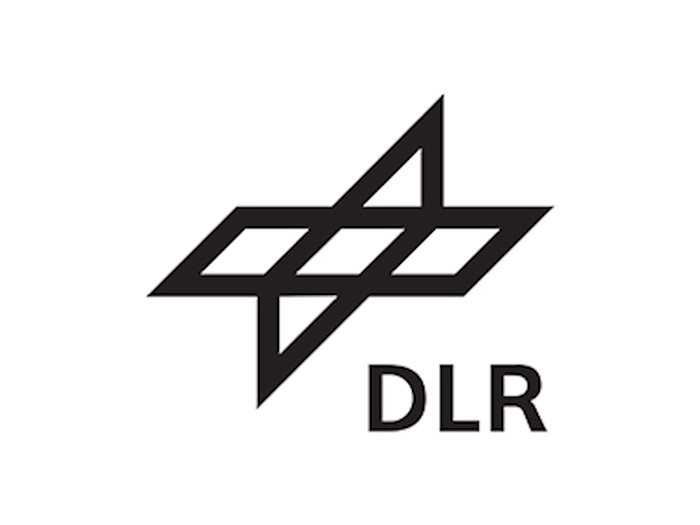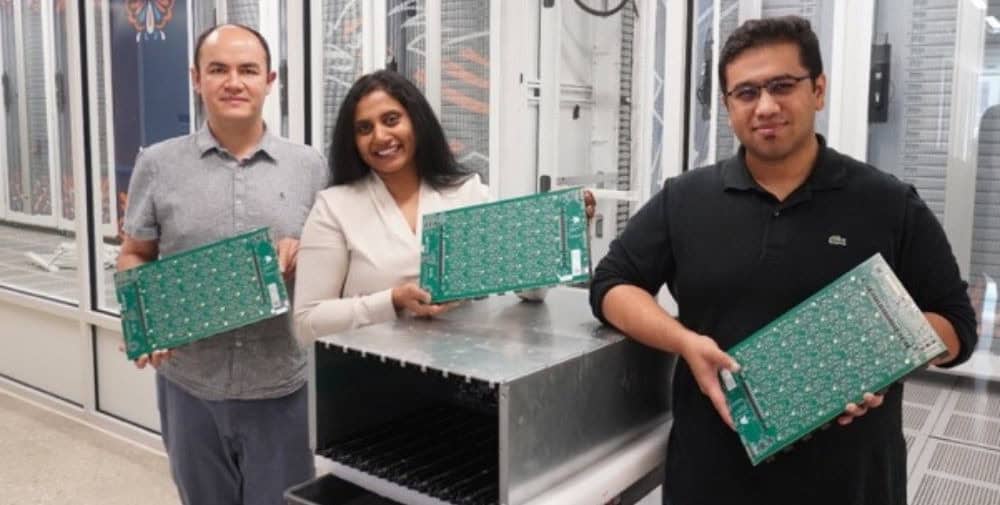
This requires a quantum computer with initially only a few functioning computing and memory units. This quantum computer could already answer questions from materials research. And ultimately even improve itself.
“In contrast to problems that are solved with increased computing power alone, the complexity of quantum systems exceeds the capabilities of all supercomputers available today in combination. This means that we are unable to find explanations for phenomena from the quantum world. These include conductivity, magnetism and superconductivity,” says Junior Professor Benedikt Fauseweh from the DLR Institute of Software Technology. “Quantum physics is fundamental to understanding our world, especially in solid-state physics.” In solids, atoms or molecules are so close together that they hardly move at all. Metals, semiconductors, ceramics and many plastics are solids.
Visionary idea from 1982 – but quantum computers still make mistakes
The concept of simulating quantum phenomena on a quantum computer is already more than 40 years old. In 1982, the American physicist Richard Feynman (1918 to 1988) proposed using the principles of quantum mechanics itself to simulate the behavior of quantum systems. “The development of modern quantum computers brings Feynman’s visionary idea closer to realization. Of course, it remains a dream of all physicists to describe all of nature in its full complexity,” says Benedikt Fauseweh. But we are not there yet: quantum computers (still) make errors in complex calculations because their qubits (computing and storage units) are not stable or cannot be controlled. The results are then incorrect. Scientists are looking for ways to run sophisticated simulations on quantum computers anyway.
High number of qubits not required
Benedikt Fauseweh has now described this in the scientific journal “Nature Communications” and included worldwide research results. His analysis shows that a high number of qubits is not necessarily required for the calculation of complex quantum systems: “If we use too many qubits, the results are no longer useful due to errors in the quantum computer,” explains Benedikt Fauseweh. “We have to identify precisely those applications that still deliver a correct result even with errors in the quantum computer.” So quality before quantity. Digital quantum simulations could soon solve the mysteries of solid-state research: Why do interactions between many particles prevent their movement in solids? Why, for example, do some materials not heat up as expected in a magnetic field? How do materials change their properties when they are bombarded with lasers? “It is also exciting that we can use quantum computers in materials research to make quantum computers themselves better.”
Different technologies for quantum computers complement each other. Photonic quantum computers or quantum computers with neutral atoms, for example, would be particularly suitable for some applications. Quantum computers with ion traps, with nitrogen vacancies in diamond or other solid-state spins for others. These hardware technologies are being developed in the DLR Quantum Computing Initiative (DLR QCI).
Analog simulations reach their limits
In recent decades, researchers have used analog quantum simulations. They have used a quantum platform that serves as a substitute for the actual system. The behavior of the substitute quantum platform is adjusted so that it corresponds to that of the system under investigation. After all, it was possible to simulate quantum systems that supercomputers have already failed at – and quantum superiority became apparent. Analog quantum simulation has been a typical method to date. “However, it has the disadvantage that these machines are not flexible. They can only do one type of simulation,” says Benedikt Fauseweh. “The universality of a digital quantum computer – that’s what we want. That is the most important advantage we expect from the different approaches.”
Quantum computers at DLR
Quantum computers are an important technology for the future: they can perform calculations and simulations in specific areas of application much faster than conventional supercomputers. They can be used in the transport and energy sectors, for example, but also in basic research or satellite operations. Quantum computers utilize quantum mechanical effects such as entanglement and superposition: Their quantum bits (qubits) can assume the states 0 and 1 simultaneously – and not just one after the other, like classical computers. This, in turn, is what makes quantum computers so powerful. Several DLR institutes are working with quantum technologies. There is also a great need at DLR to conduct research on and with quantum computers in the future. Quantum computing potential is also one of the fundamental and pioneering competencies for a future leading international position of the German economy.
– – – – – –
Further links
👉 www.dlr.de
👉 Focus on quantum technologies
👉 DLR Quantum Computing Initiative (DLR QCI): Projects
Photo: DLR




